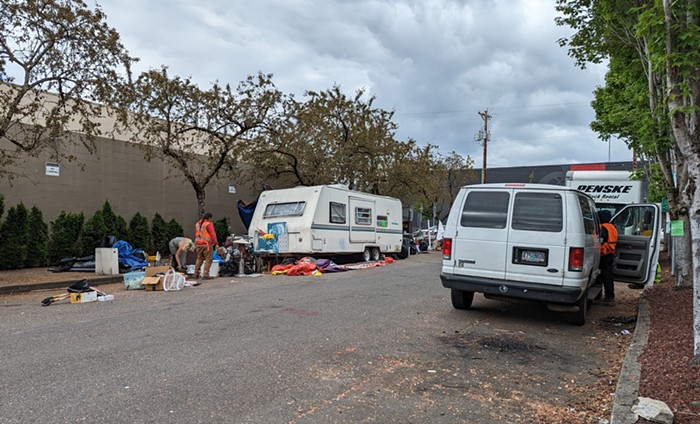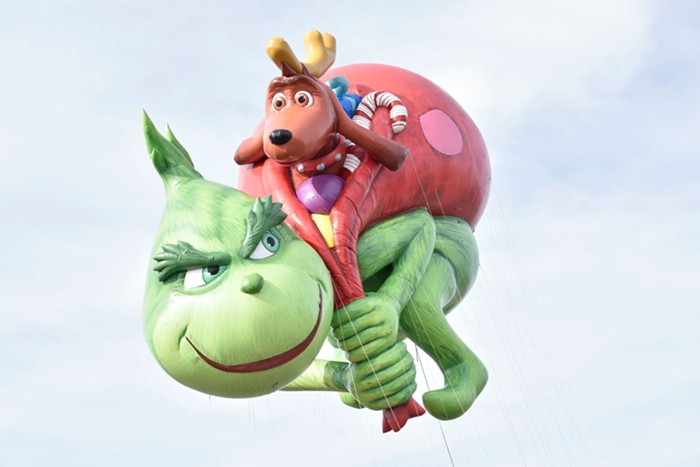A MAN IS HIRED to guide two other men through an army barricade into a forbidden "Zone," an eerie place where the laws of nature don't apply and the possibility of danger lurks at every corner. This is the sum of the two-and-a-half-plus hours of Stalker, the 1979 film claimed by many to be Russian director Andrei Tarkovsky's masterwork. Through glacially slow tracking shots, near-endless moments of stillness, and a total lack of conventional storytelling mechanics, Stalker is a striking and beautiful film. It's part of the film's nature that it's also a soporific and supremely frustrating one.
Best known to American audiences for 1972's Solaris, Tarkovsky crafted arty, impenetrable, ambiguous works out of endlessly long takes and head-scratching, metaphysical dialogue. In Stalker, the three men talk to themselves and each other as they slowly make their way to the "Room," where supposedly their fondest wishes will come true. They sit in silence, and then they talk some more. The camera endlessly pans over the scenery, most of which was shot at a deserted waterworks in Estonia. Moments of ravishing beauty are surrounded by long stretches in which, quite literally, nothing happens.
Stalker is a worthwhile experience, but it's a difficult one to recommend. A big part of the film's resonance comes from the Zone's similarity to Chernobyl some years later. The shoot itself was not without its own dangers: Much of the film was shot downstream from a chemical plant, and there's a shot in Stalker of toxic foam floating in the river. In 1982, actor Anatoli Solonitsyn died from lung cancer; Tarkovsky died the same way four years later. Tarkovsky's wife, Larisa, who worked on Stalker as assistant director, also died of lung cancer in 1998. It's not confirmed whether the deaths are connected, but watching Stalker, ominous undercurrents are undeniable. This is a film that takes a toll.



















